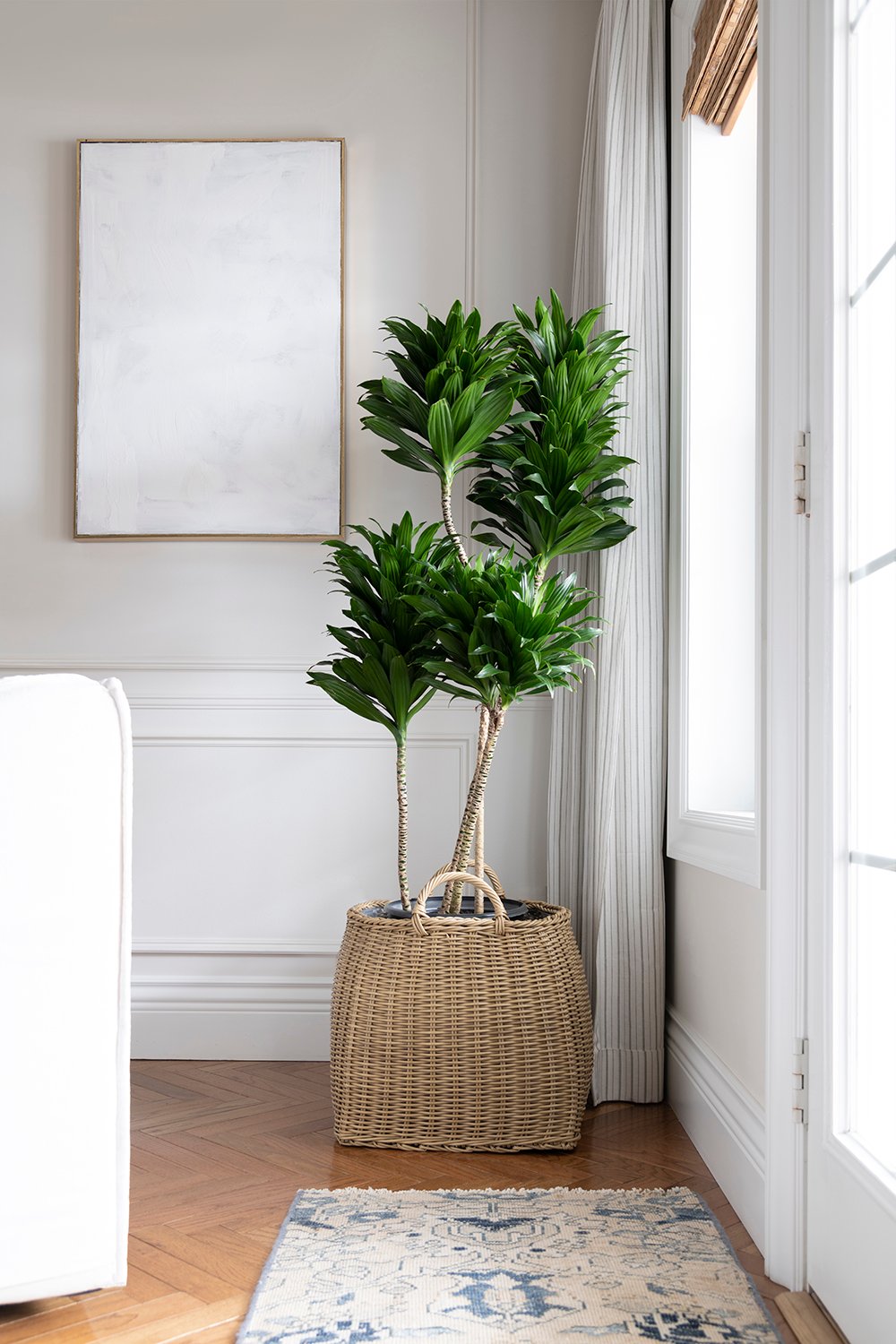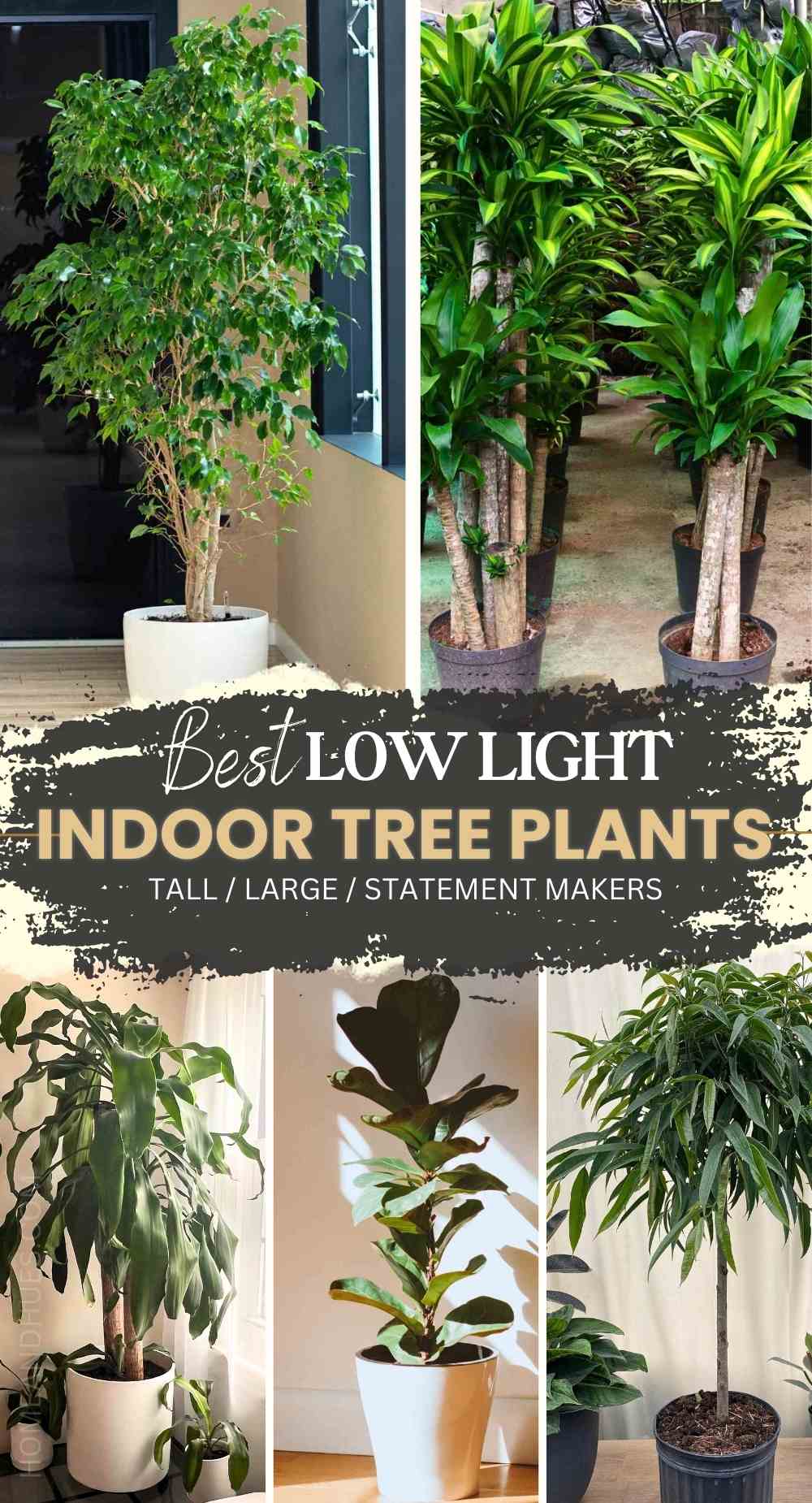Transform Your Home With Beautiful Low-Light Indoor Plants and Their Benefits
Integrating low-light indoor plants right into your home can significantly enhance both the visual and ecological high quality of your home. These plants, which prosper in dark problems, offer not only as ornamental components yet additionally as natural air purifiers, making them ideal for city residents or those with restricted sunlight direct exposure. As we check out the various kinds of low-light plants and their benefits, you might locate surprising ways to incorporate them right into your home that can transform your surroundings in means you might not have prepared for.
Advantages of Low-Light Plants
Low-light plants provide countless benefits for interior atmospheres, making them an exceptional choice for both amateur and knowledgeable gardeners. One of the key benefits is their adaptability to low-light conditions, allowing individuals to improve their space without the requirement for substantial sunlight direct exposure. This particular makes them perfect for homes, offices, and various other locations with restricted all-natural light.
:strip_icc()/peace-lily-spathiphyllum-wallisii-domino-bd41865a1-252ea4c0b35b43d19a41435b16a9cd01.jpg)
Furthermore, integrating low-light plants into home décor can elevate the aesthetic appeal of a room. Their lavish foliage and varied structures develop a relaxing ambience, contributing to general health. Last but not least, the existence of plant has been connected to reduced anxiety levels and improved performance, making low-light plants a useful selection for improving both physical and psychological wellness in interior settings.
Leading Low-Light Indoor Plants
While numerous interior plants prosper in brilliant light, several varieties are particularly fit for low-light conditions, making them perfect for different interior areas. One preferred selection is the Serpent Plant (Sansevieria), known for its striking upright leaves and durability, needing minimal treatment. One more exceptional alternative is the Pothos (Epipremnum aureum), which features heart-shaped fallen leaves and can route magnificently from hangers or shelves, growing in reduced light and adding a rich touch.
The ZZ Plant (Zamioculcas zamiifolia) is commemorated for its glossy leaves and capability to stand up to disregard, making it ideal for active way of livings. Likewise, the Peace Lily (Spathiphyllum) not just endures reduced light but also produces spectacular white flowers, boosting any type of space's aesthetic.
For an one-of-a-kind touch, take into consideration the Cast Iron Plant (Aspidistra elatior), which without a doubt measures up to its name, prospering in the darkest corners of your home. Last but not least, the Chinese Evergreen (Aglaonema) offers a variety of fallen leave patterns and colors while being incredibly flexible in low-light conditions. These plants not just improve interior environments however also add to air filtration, enhancing your living area.
Treatment Tips for Low-Light Plants

Watering techniques are crucial; these plants often choose somewhat dry problems. Overwatering can bring about root rot, so make certain that anchor the top inch of dirt is completely dry prior to watering again. Usage pots with drain openings to enable excess dampness to escape.
Moisture is one more vital variable. Numerous low-light plants, such as ferns and peace lilies, take advantage of higher moisture degrees. To raise moisture, take into consideration misting the fallen leaves or placing a tray of water near the plants.
Fertilizing must be approached with caution. During the expanding season, make use of a thinned down, well balanced fluid fertilizer every month to sustain development, however avoid feeding throughout the inactive winter season months.

Imaginative Ways to Present Plants
Interior plants can work as captivating prime focus in any room, improving both visual allure and atmosphere. Imaginative screens can boost the aesthetic impact of low-light plants, making them an important component of your home style. One effective method is to make use of tiered plant stands, which allow you to display numerous plants at differing elevations while making the most of floor space.
Hanging planters are one more ingenious choice, producing a sense of deepness and drawing the eye up. Take into consideration macramé hangers or wall-mounted racks to present a distinct structure and design.
For a much more organized technique, usage geometric terrariums or glass containers to house your plants, including a modern touch to your indoor garden. You can likewise repurpose vintage items, such as teacups or wooden cages, for an eclectic display screen that mirrors your character.
Enhancing Home Atmosphere With Plants
Integrating low-light plants right into your home not only boosts visual appeal but additionally adds substantially to see this website the total setting. These plants act as natural style elements, introducing a sense of tranquility that can transform any kind of area. The presence of plant fosters a relaxing atmosphere, which is specifically advantageous in high-stress atmospheres such as home offices or living areas.
Low-light plants, such as snake plants, pothos, and ZZ plants, are not just cosmetically pleasing however additionally enhance interior air top quality by filtering toxins. This dual feature improves the atmosphere even more, producing a healthier home (Best low-light indoor plants). The tactical placement of these plants can likewise influence the understanding of space; for example, high plants can draw the eye upwards, making ceilings appear greater and areas more large
In addition, differing textures and shades of foliage add depth to indoor layout, allowing for creative expression in home designing. Whether positioned on shelves, in corners, or as focal points, low-light plants can elevate the mood of any kind of area. In recap, integrating these plants right into your home is an effective means to cultivate a warm, inviting environment while gaining the advantages of enhanced air quality and aesthetic flexibility.
Verdict
Including low-light interior plants into home environments offers countless benefits, including improved aesthetic charm and boosted air quality. These durable plants, such as the Serpent Plant and Peace Lily, need very little light and maintenance, making them suitable for varied way of lives. Their capability to filter contaminants contributes to a much healthier space, while their diverse appearances and colors improve interior style (Best low-light indoor plants). Inevitably, the addition of low-light plants cultivates a tranquil and inviting atmosphere, changing any kind of home right into a tranquil sanctuary.
While many interior plants thrive in intense light, numerous species are specifically well-suited for low-light problems, making them suitable for various indoor rooms. One reliable technique is to use tiered plant stands, which enable you to showcase several plants at varying elevations while making the most of flooring room.
Low-light plants, such as snake plants, pothos, and ZZ plants, are not only cosmetically pleasing yet additionally boost interior air high quality by filtering system contaminants. Best low-light indoor plants. The critical positioning of these plants can additionally affect the understanding of space; for instance, high plants can attract the eye up, making ceilings appear higher and rooms extra More Bonuses sizable
These durable plants, such as the Snake Plant and Peace Lily, require marginal light and maintenance, making them appropriate for varied way of lives.